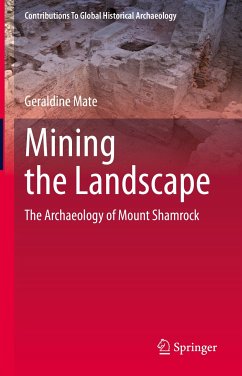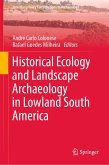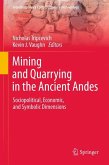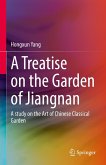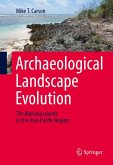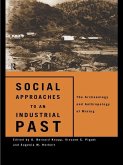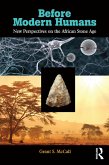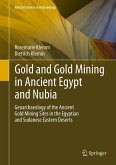Mining was one of the primary elements of colonial enterprise in Australia and a factor in movement on colonial frontiers. In the second half of the 19th and early 20th century, mining-particularly of gold-saw transformations of the land itself, as well as in the way that people working in mining engaged with the landscape around them. Landscape archaeology provides a theoretical perspective that allows an articulation of how people created and understood the place in which they lived and worked.
The impact of and narrative surrounding gold mining has meant that it has long been a focus of study, both historical and archaeological. The archaeology of mining has traditionally fallen under the umbrella of industrial archaeology, with analyses based on historical, economic and technological evidence. However this is changing. From an industrial focus, examining the remnants of mines and associated processing equipment, archaeology has progressed towards understandings of the social aspects of mining, recognising that people, not just equipment, occupied these landscapes. Nevertheless, there remains a separation between industrial/technology-based studies and purely social/ household-based archaeological studies-a division that overlooks the integration of home and livelihood.
This work addresses these very challenges, using a landscape-based approach that articulates a nuanced, meaning-ladened and experienced mining landscape. Integrating the social and the industrial, the case study of Mount Shamrock, a gold-mining town in Queensland, Australia, demonstrates how this methodology can enhance our understanding of the past.
The work presents an integration of social and industrial perspectives in a mining settlement, and provides an exemplar in the application of landscape theory to Australian historical archaeology. These concepts and approaches, developed in an Australian context, are of universal interest.
Dieser Download kann aus rechtlichen Gründen nur mit Rechnungsadresse in A, B, BG, CY, CZ, D, DK, EW, E, FIN, F, GR, HR, H, IRL, I, LT, L, LR, M, NL, PL, P, R, S, SLO, SK ausgeliefert werden.
Es gelten unsere Allgemeinen Geschäftsbedingungen: www.buecher.de/agb
Impressum
www.buecher.de ist ein Internetauftritt der buecher.de internetstores GmbH
Geschäftsführung: Monica Sawhney | Roland Kölbl | Günter Hilger
Sitz der Gesellschaft: Batheyer Straße 115 - 117, 58099 Hagen
Postanschrift: Bürgermeister-Wegele-Str. 12, 86167 Augsburg
Amtsgericht Hagen HRB 13257
Steuernummer: 321/5800/1497
USt-IdNr: DE450055826
Bitte wählen Sie Ihr Anliegen aus.
Rechnungen
Retourenschein anfordern
Bestellstatus
Storno

